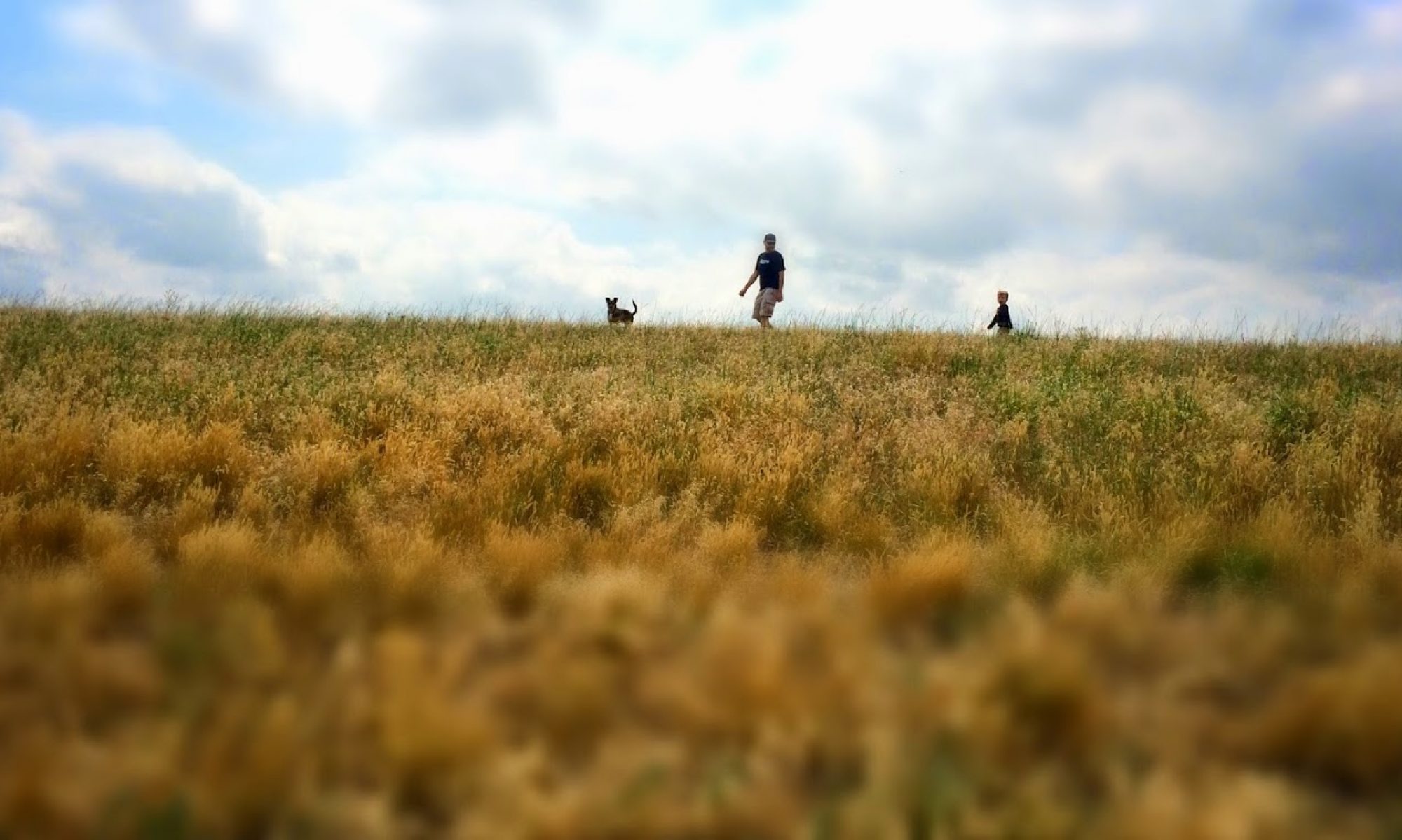Last week, I was interviewed by April over at Publetariat about the story I’m telling via Twitter. As one of the central touchstones for the indie publishing movement, she thought the whole idea of creating a story via Twitter — something that would really never transfer to paper in its original format — was interesting, and that’s where our conversation kind of started.
The interview went on for a bit, so it had to be broken into a couple parts, but part one is over here: Twitter As A New Medium In Authorship.
Because it went on a while (and because I’m unforgivably verbose when I get going) some bits had to be left on the cutting room floor, but I’m really happy with the thing as a whole, even if the transitions from one question to the next are a little herky-jerky, due to the necessities of editing.
One piece that makes me sound nearly intelligent:
I think it’s long past time that writers look at new mediums for their work. Paper is just a medium, and as our world (and the smaller publishing world within it) changes, it makes sense for writers to take a look at the tools around us and see if there aren’t some that we overlooked. Artists and sculptors do this sort of thing all the time; “Maybe I can paint on this building, maybe I can make something out of this old car… wait, even better: maybe I can paint on this building with this old car! Genius!” Tom Waits likes to go into hardware stores with a mallet and see what kind of sounds he can find.
What do storytellers use? Spoken words… and paper. That’s it. Very recently, people have considered the still hotly-contested idea of taking the-thing-that’s-on-the-paper and reproducing that exact same thing electronically, and that’s fine, but that isn’t storytelling intrinsically designed for the electronic medium – I mean so intrinsically designed for that medium that it doesn’t actually translate well back to paper or spoken words.
Maybe this story about Finnras is that kind of non-transferable thing – if so, I’m comfortable with that. It’s fun for me and for the people reading it.
The following sentence, which was cut for good reasons, but which I like: “People are trying to take things that were built in/for an electronic medium and force it ‘back’ into a paper format. I’m starting to think ‘maybe you can’t always do that, and maybe that’s okay.'”
Anyway, it was a lot of fun, and got me thinking about things which, frankly, I usually don’t. Parts 2 and 3 go up next week.

